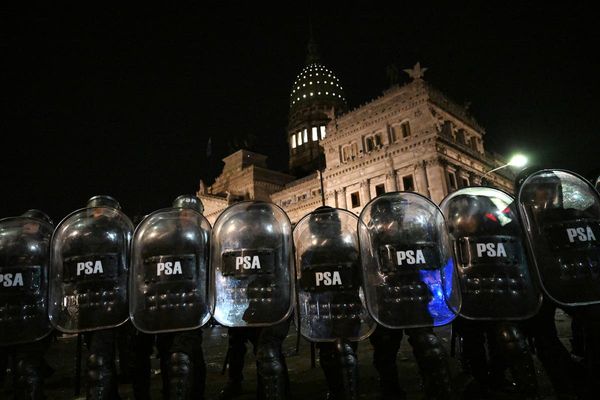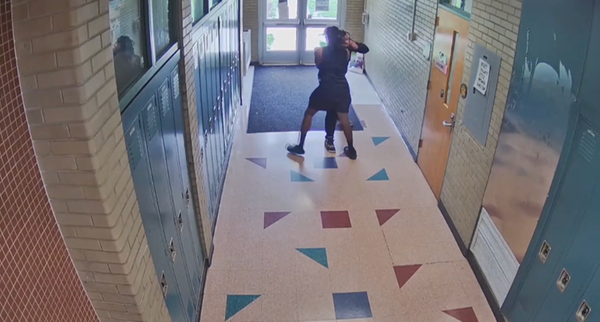
Guy Rundle actually has a lot in common with YIMBYs, despite his recent article.
For starters, he wants to make it easier to build dense public housing near existing infrastructure. He wants the Maribyrnong defence site redeveloped in a way that mirrors a proposal we made as part of the Abundant Housing Network Australia established in February. He even wants new tall buildings to be built alongside their low-rise heritage counterparts — something current heritage controls will rarely permit.
Off the bat that’s three key points on which we agree, which makes us wonder what all the brouhaha is about. Given we want the same thing — more affordable housing where people want to live — it seems Rundle’s disdain for the YIMBY movement (of which I am a lead organiser) is not the result of meaningful differences or practical analysis of policy tradeoffs.
No, his objections are more or less aesthetic. And when what’s on the line is access to secure and affordable housing, it appears somewhat disordered to waste column inches on criticisms that have nothing to do with building actual physical homes for actual physical people to live in.
To his credit, Rundle seems aware of his own absurdity, asking himself: “Why prioritise the fight against the ‘Yes In My BackYarders’, when they’re pushing for what’s desperately needed?” Good question, Guy. But clearly you were excited to do it. So badly did you want to prioritise the fight against YIMBYs that you bypassed the overwhelming expert consensus on upzoning and land-use reform, in favour of becoming bedfellows with anti-immigration activist Leith van Onselen.
And to what end? After all, the most recent paper on the success of Auckland’s upzoning policies shows that one of the biggest beneficiaries — aside from all the people who now have homes and more affordable rents — was the region’s public builder, Kāinga Ora. After the Auckland upzoning, state-developed dwelling completions increased threefold, which goes a long way to explain why the public builder was one of the most vocal advocates for upzoning in the first place.
So to see an increase in social housing, which Rundle says he wants, then it seems broad-based upzoning would be a pretty good place to start.
YIMBYs are serious about building more social housing. That’s why one of YIMBY Melbourne’s flagship policies is a $12 billion redistributive residential windfall gains tax, from which we would earmark at least 70% of the revenue for ambitious social housing projects.
While Rundle derides us for “specialis[ing] in releasing papers”, I want to make one thing completely clear: the YIMBY movement has put more thought, time, energy and resources into developing and advocating for practical policy for the delivery of social housing than Rundle or any of the residents’ groups he seems to think so virtuous. It is no surprise to us, of course, that these groups don’t release papers. After all, they’re far too busy blocking new social housing builds.
Rundle has picked a strange ally in residents groups, because these are fundamentally unconcerned with new housing, social and affordable or otherwise. They care, as the bulk of Rundle’s article does, about aesthetics. They aren’t worried about the actual physical homes in which people get to live — they are worried about heritage protections and preserving nostalgia for a time no-one can remember because it didn’t really exist.
But we decided to humour Rundle and run the analysis. If we were to take his advice and put his list of five full suburbs on the UNESCO World Heritage Register, we’d be freezing 12 square kilometres and 11,000 individual detached homes in amber forever.

House prices in these areas are already well over a million dollars. Rents are high. Population is declining. People are sleeping rough. By blanket-banning all new housing across so much of our inner-city, Rundle is putting his cards on the table: he doesn’t care if the most well-serviced areas of our city are prohibitively expensive and emptying, just so long as his personal aesthetic preferences are enshrined in legislation.
But every great building replaced something that came before it. The old Flinders Street Station had a great deal of charm, and I am sure that when the rebuild was proposed, heritage activists circa 1900 were also up in arms. But look at what they would have blocked; look at what we have now.

To progress is to focus not on a city that was great but a city that is great. To progress is to ensure that people are free and able to move and live in the city — not just to visit it like they would a museum. We have to make it easier to build new and beautiful things, to create new architectures, to deliver homes in places where people want to live.
That’s what the YIMBY movement is about — and so rather than fighting Guy Rundle, we’re going to continue to fight for something that matters instead.







